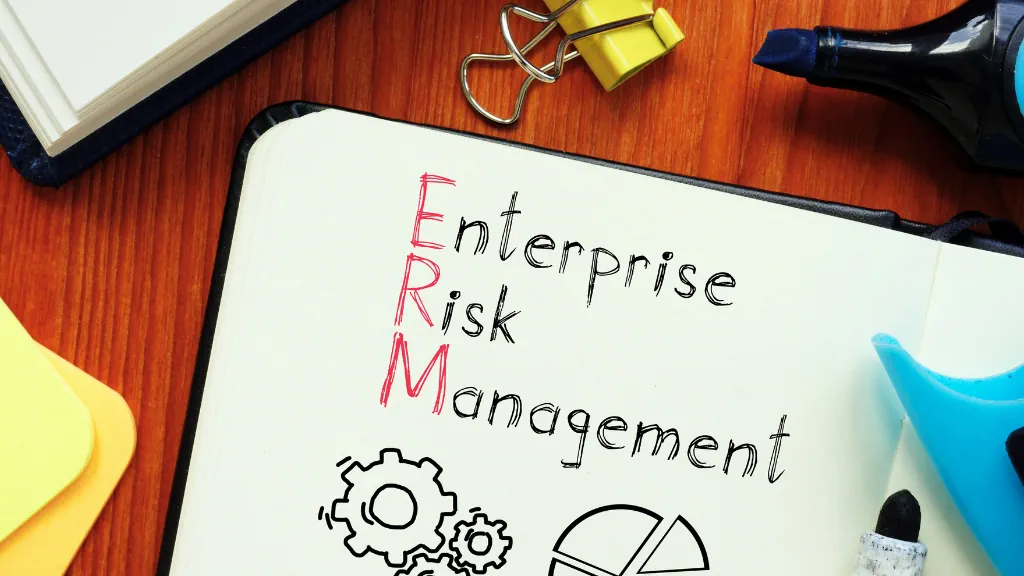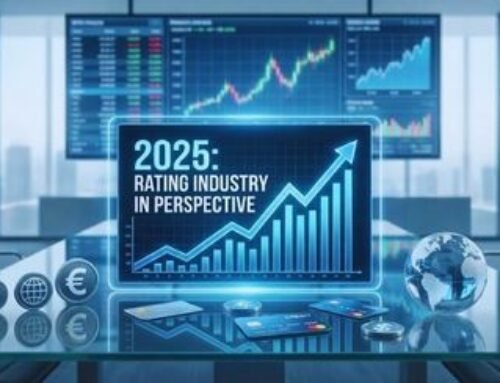
When it comes to credit ratings, numbers matter, but how an organisation manages risk behind the scenes can be just as important. That is where Enterprise Risk Management (ERM) comes in. It may not make headlines, but it is often a hidden driver of whether a company or institution earns investor confidence or faces a downgrade.
What exactly is ERM, and why are rating agencies focused on it?
ERM: More Than a Compliance Checklist
ERM is like the central nervous system of an organisation’s risk strategy. It connects everything, from credit and liquidity risks to operational hiccups and reputational threats, into a single, coordinated effort to keep surprises to a minimum.
For rating agencies, a good ERM framework signals one thing loud and clear: this organisation understands its risks and knows how to manage them.
How ERM Influences Credit Ratings
Governance and Risk Culture
Does leadership take risk seriously, or is it an afterthought? Is there accountability? Rating agencies look for a strong tone from the top and a culture that is not afraid to talk about what could go wrong.
Risk Awareness and Scenario Planning
Can the institution anticipate problems before they escalate? ERM helps map out “what-if” scenarios—economic shifts, client defaults, policy changes—and prepare accordingly.
Capital and Liquidity Resilience
Does the organisation align its financial buffers with its risk exposure? Does it plan ahead for shocks? Strong ERM here means fewer surprises and more stability.
Operational Readiness
Cyberattack? System failure? Compliance lapse? Agencies look at how ready an organisation is to manage internal risks. Operational missteps, especially if repeated, can quickly lead to rating downgrades.
Strategic Decisions
Is the growth strategy sustainable? Has the risk been measured before entering a new market or product line? A sound ERM framework often stops risky decisions before they hurt the balance sheet—and the credit rating.
Transparency
How well does the organisation disclose its risks? Are reports clear? Strong disclosures and open communication are seen as markers of institutional strength and credibility.
Enterprise Risk Management is not just a back-office function; it is a key part of how investors and rating agencies judge creditworthiness.








Leave A Comment